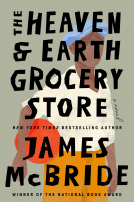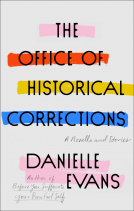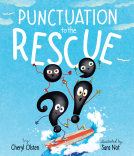Please wait... This may take a moment.
A Fortune for Your Disaster
This title was previously available on NetGalley and is now archived.
Pub Date
Sep 03 2019
| Archive Date
Aug 31 2019
Description
In his much-anticipated follow-up to The Crown Ain't Worth Much, poet, essayist, biographer, and music critic Hanif Abdurraqib has written a book of poems about how one rebuilds oneself after a heartbreak, the kind that renders them a different version of themselves than the one they knew. It's a book about a mother's death, and admitting that Michael Jordan pushed off, about forgiveness, and how none of the author's black friends wanted to listen to "Don't Stop Believin'." It's about wrestling with histories, personal and shared. Abdurraqib uses touchstones from the world outside—from Marvin Gaye to Nikola Tesla to his neighbor's dogs—to create a mirror, inside of which every angle presents a new possibility.
In his much-anticipated follow-up to The Crown Ain't Worth Much, poet, essayist, biographer, and music critic Hanif Abdurraqib has written a book of poems about how one rebuilds oneself after a...
Description
In his much-anticipated follow-up to The Crown Ain't Worth Much, poet, essayist, biographer, and music critic Hanif Abdurraqib has written a book of poems about how one rebuilds oneself after a heartbreak, the kind that renders them a different version of themselves than the one they knew. It's a book about a mother's death, and admitting that Michael Jordan pushed off, about forgiveness, and how none of the author's black friends wanted to listen to "Don't Stop Believin'." It's about wrestling with histories, personal and shared. Abdurraqib uses touchstones from the world outside—from Marvin Gaye to Nikola Tesla to his neighbor's dogs—to create a mirror, inside of which every angle presents a new possibility.
Available Editions
| EDITION |
Other Format |
| ISBN |
9781947793439 |
| PRICE |
$15.95 (USD)
|
| PAGES |
108
|
Additional Information
Available Editions
| EDITION |
Other Format |
| ISBN |
9781947793439 |
| PRICE |
$15.95 (USD)
|
| PAGES |
108
|
Average rating from 7 members
Readers who liked this book also liked:
Troubled Waters
Mary Annaïse Heglar
General Fiction (Adult), Multicultural Interest, Women's Fiction










